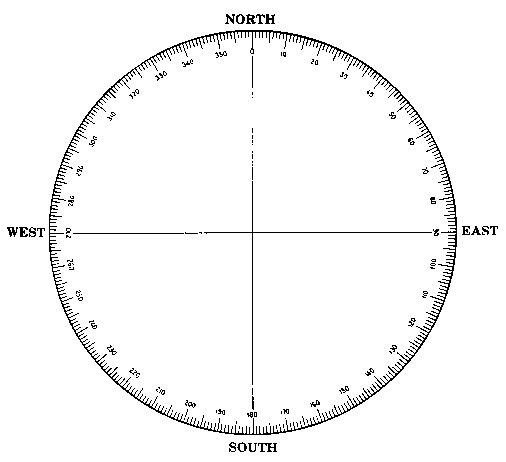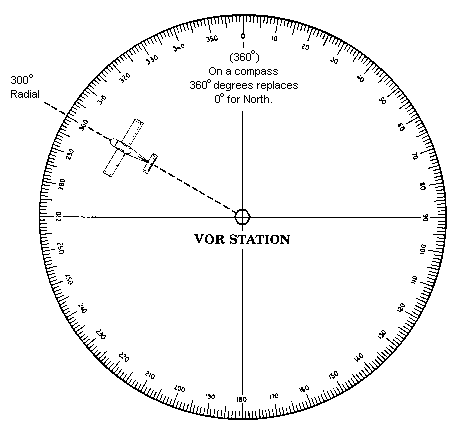 |
|||||
| Home | Research | For Teachers | HISTORY Level 1 Level 2 Level 3 |
PRINCIPLES Level 1 Level 2 Level 3 |
CAREER Level 1 Level 2 Level 3 |
| Gallery | Hot Links | What's New! | |||
| Web Administration and Tools | |||||
 |
|||||
| Home | Research | For Teachers | HISTORY Level 1 Level 2 Level 3 |
PRINCIPLES Level 1 Level 2 Level 3 |
CAREER Level 1 Level 2 Level 3 |
| Gallery | Hot Links | What's New! | |||
| Web Administration and Tools | |||||
![]()

The circle is one of the three basic shapes in geometry. A compass is a circular device used for many purposes, but we know it primarily for its use in navigation. Ships at sea and airplanes in the air need a way of determining direction. A magnetic compass is designed so that the needle points North. The other directions are known in relation to North.
For a compass to be a useful instrument, it must measure
any direction. Ancient Babylonians would measure the movement of the earth in relation to
certain stars. It was thought that it took 360 days for the earth to make one complete
revolution around the sun until the star was visible in the same position again. Therefore
the Babylonian calendar had 360 days.
The circle was divided into 360 equal parts, each part called a degree. Consequently, the
modern compass has 360 degrees.

Airplanes and ships have relied on the compass for directional information (called a "heading") for many decades.
However, today most airplanes use special ground based radio transmitters which are designed to aid air navigation. These transmitters are called VOR stations. On an aerial navigation map, the VOR station is indicated by a small hexagon with a compass around it.. (VOR stands for Very High Frequency Omni Range which is a technical, electronic description of the transmitter.)
The aircraft pilot may choose the magnetic heading desired to fly to or from a VOR station. This heading is now called a course because it will be along a specific path over the ground. The exact magnetic direction which is flown away from a VOR station is called a radial. This term (radial) is used because the navigational radio signal is being "radiated" out from the station in a specific magnetic direction.
 |
In the example above, the airplane's course (or heading)
is on the 300 degree radial away from the VOR. If the airplane were headed the opposite
direction it would still be on the 300 degree radial but the course would be 120 degrees.
Construct one of the simple compasses as described in the two following experiments::
Send all comments to ![]() aeromaster@eng.fiu.edu
aeromaster@eng.fiu.edu
© 1995-98 ALLSTAR Network. All rights reserved worldwide.
Updated: February 23, 1999